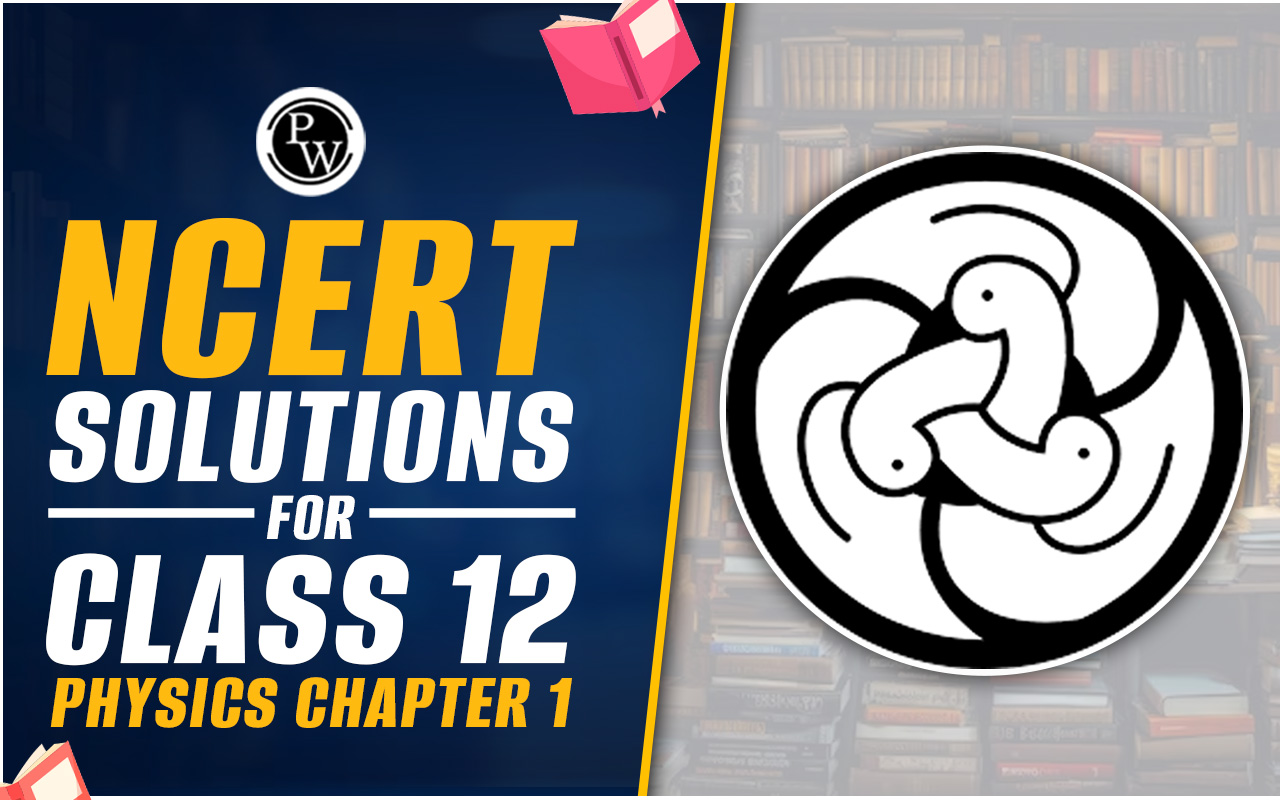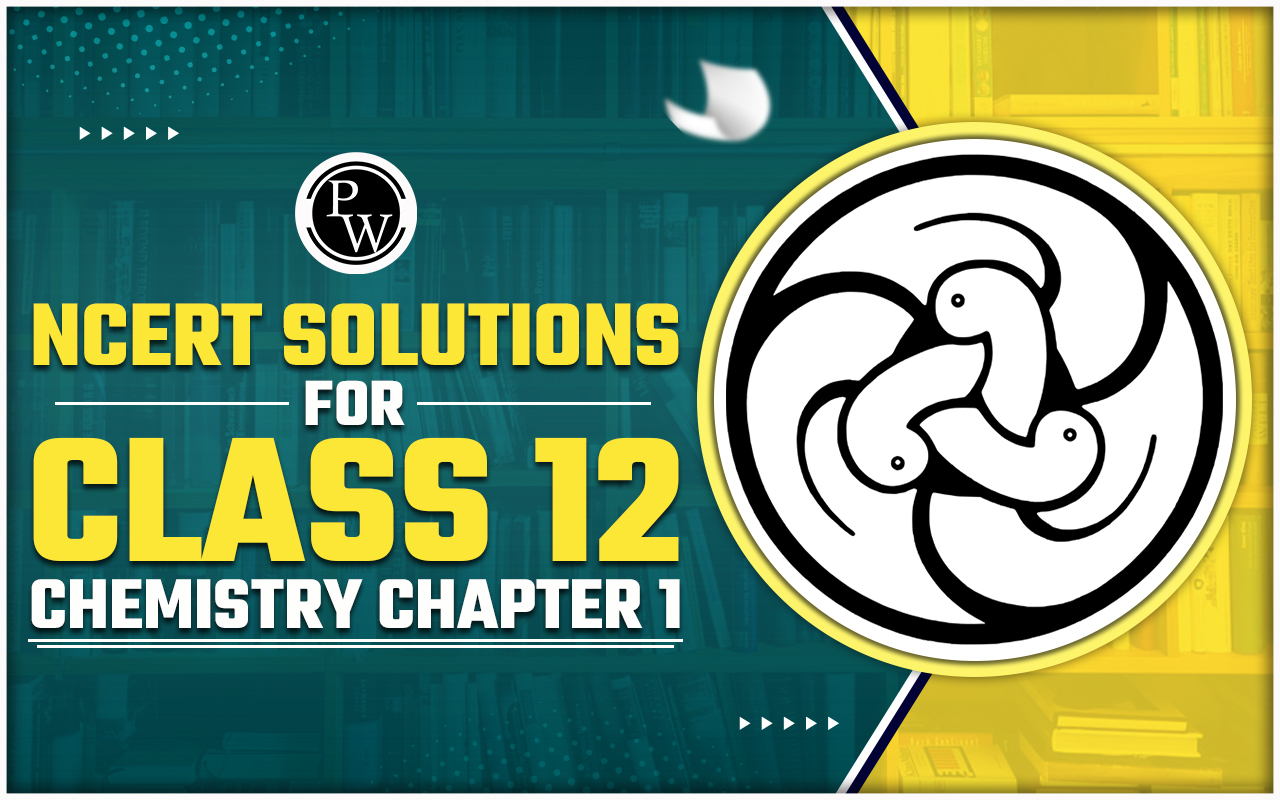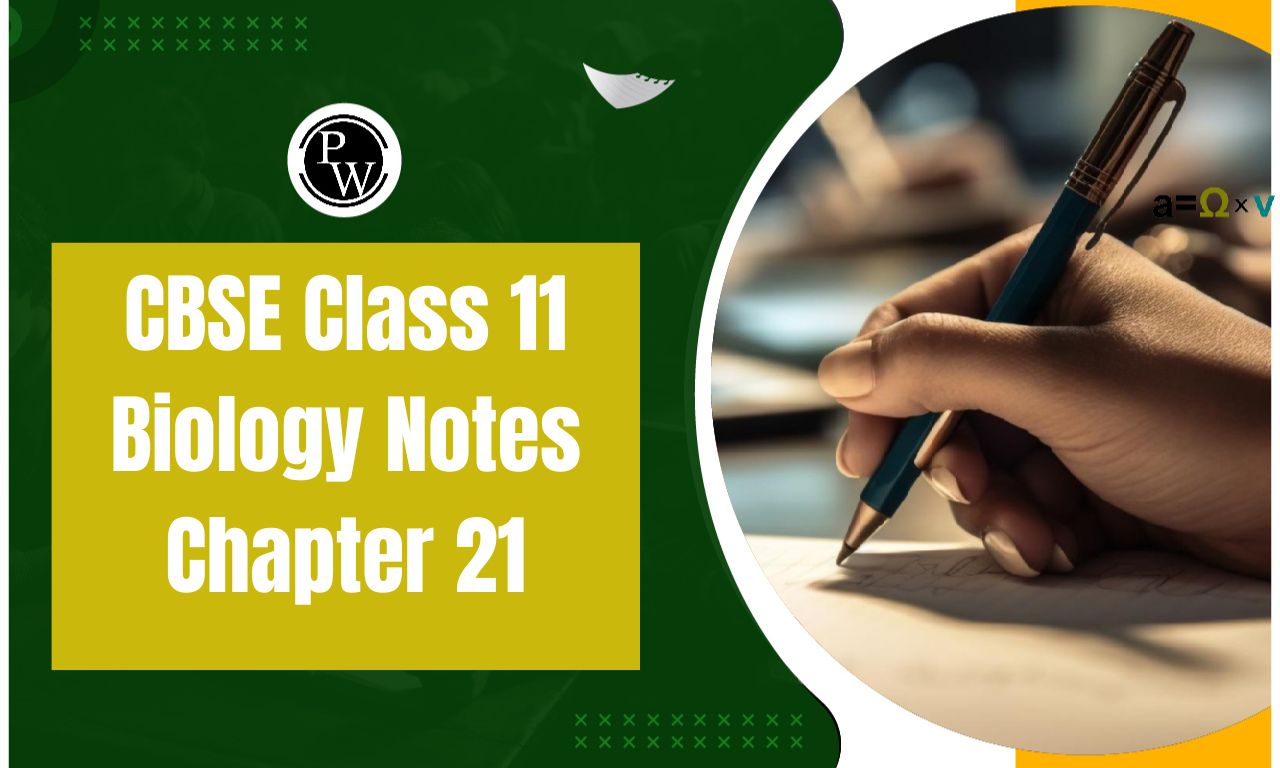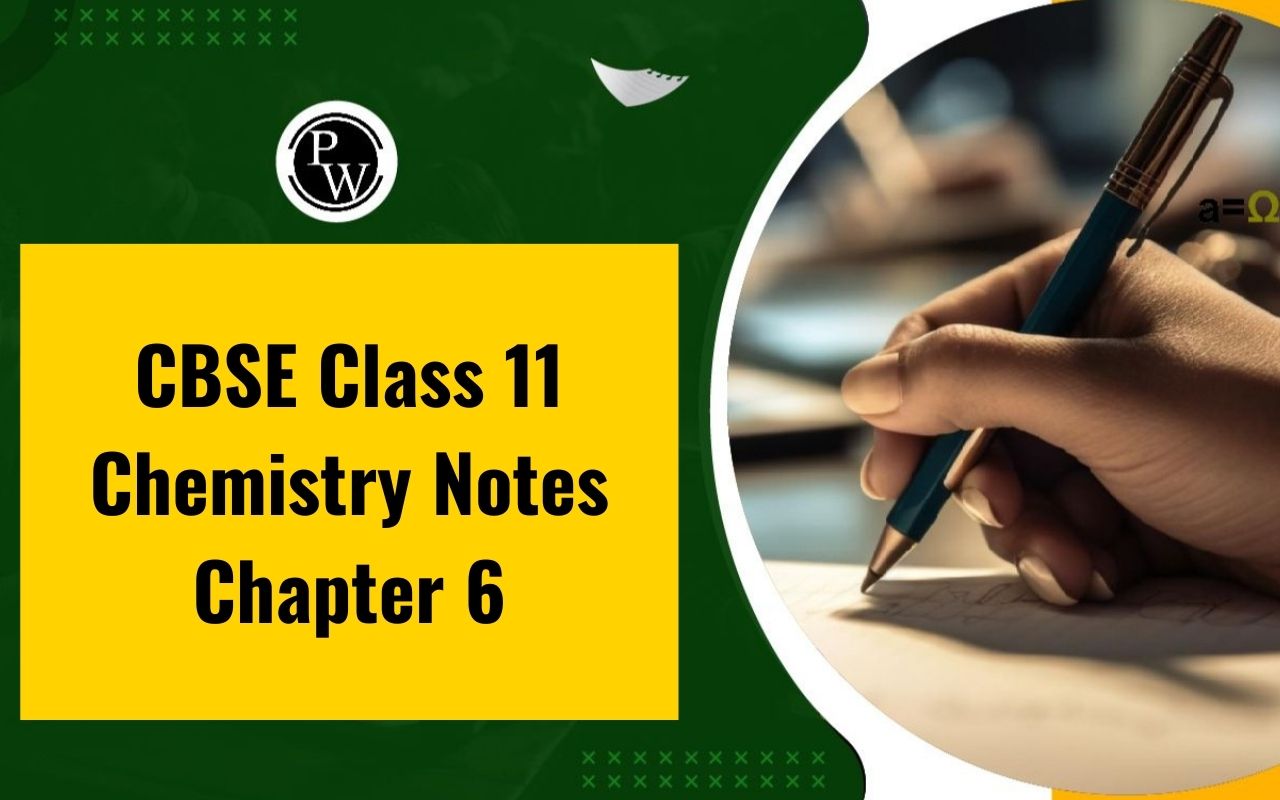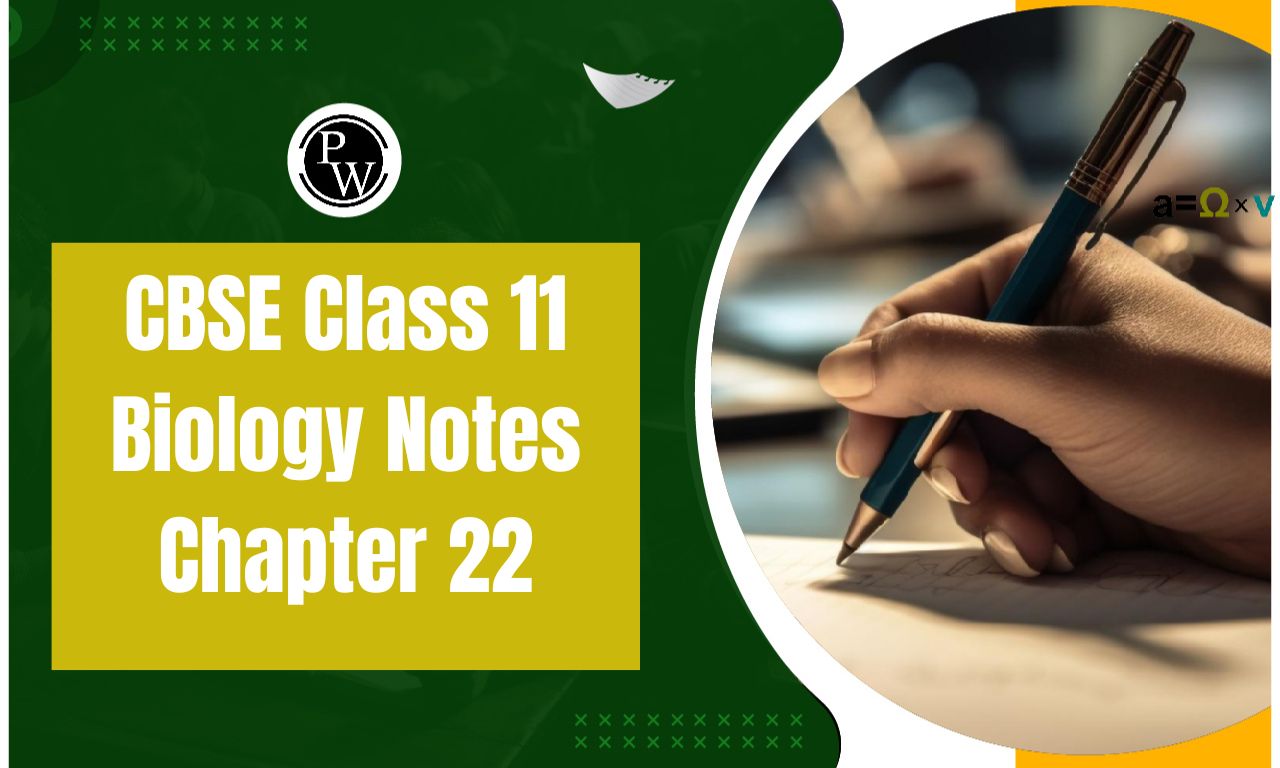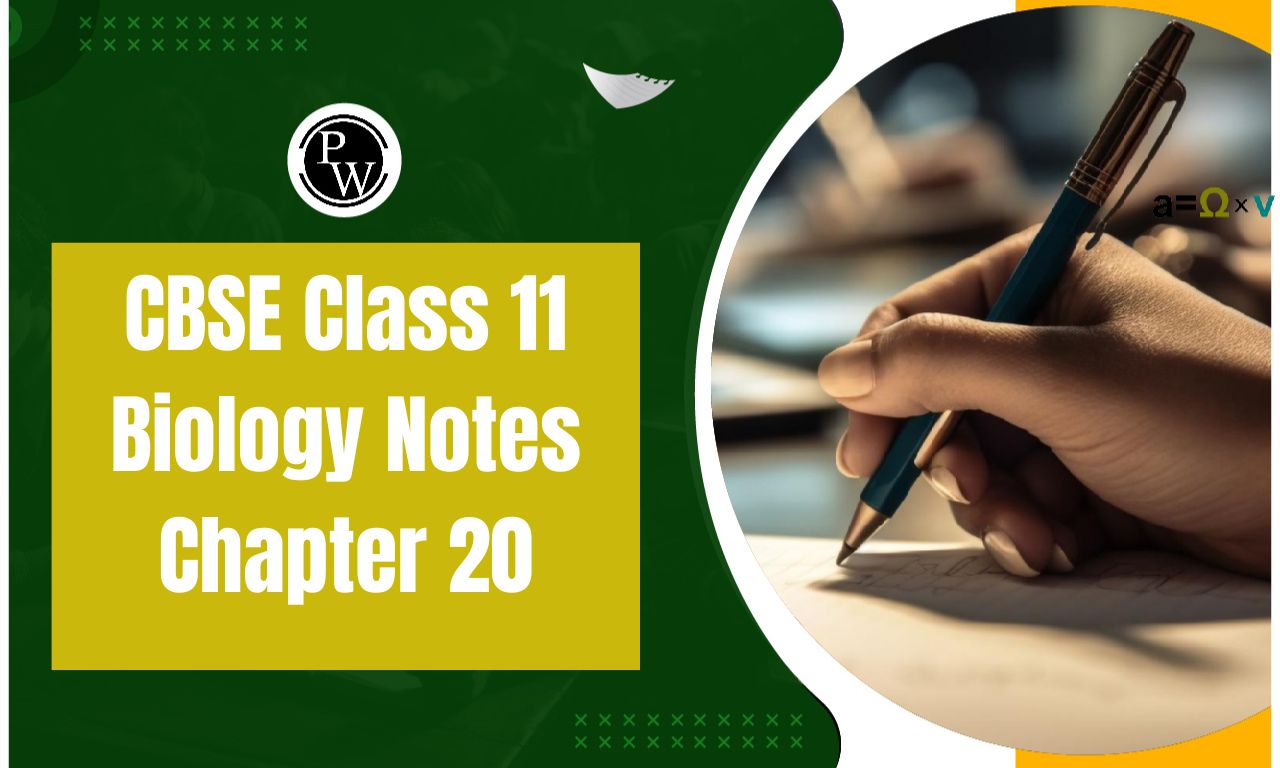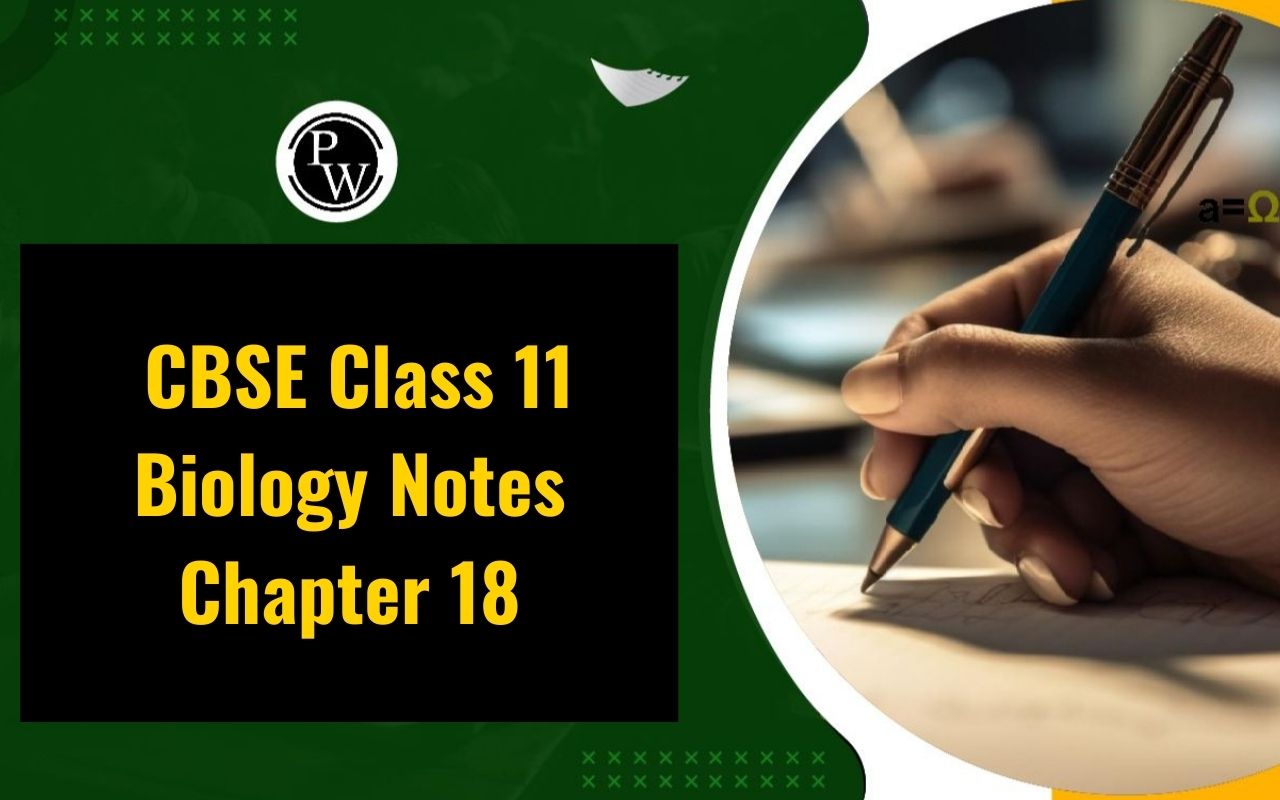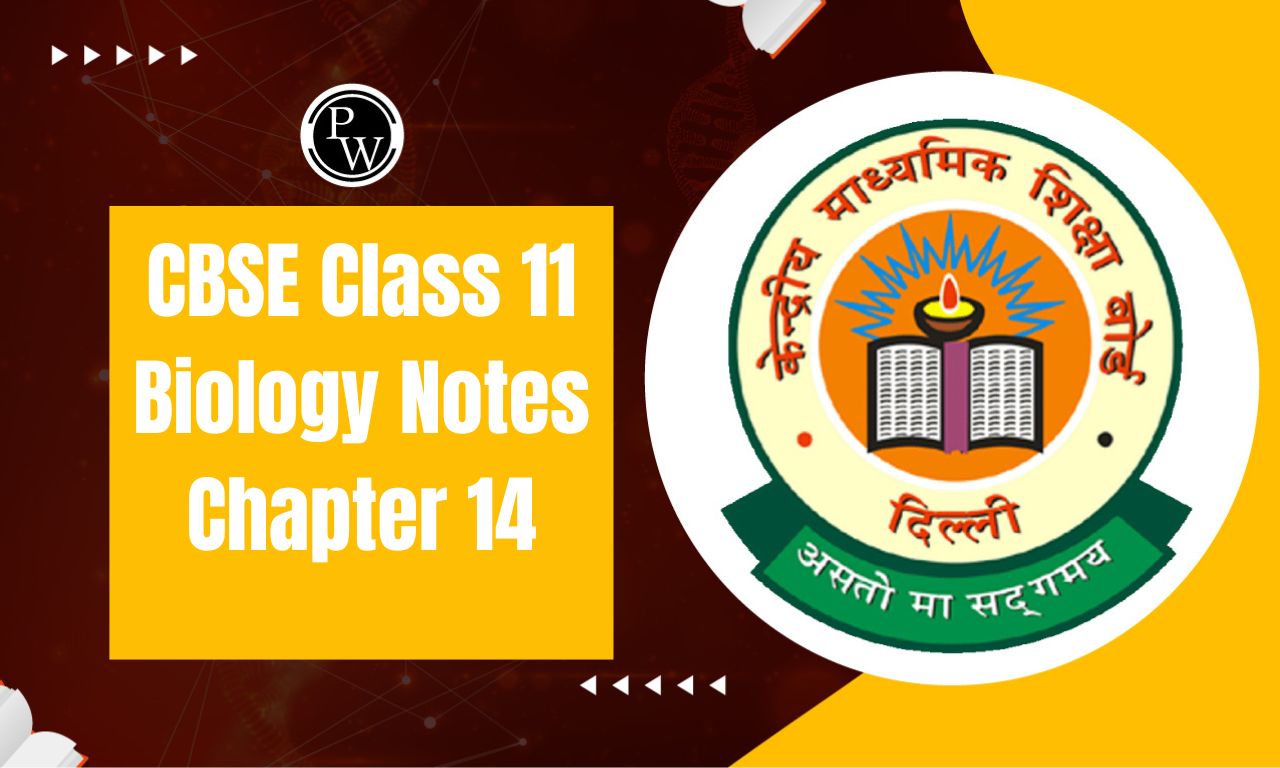

CBSE Class 12 Fine Arts Syllabus: The Central Board of Secondary Education (CBSE) is a national educational board that designs a modern curriculum to foster holistic learning in students. It offers a variety of core and elective subjects that students can select from based on their interests and subject streams. Among these is Fine Arts, which provides a wealth of learning opportunities for students who possess artistic talent and want to work on canvases to create vibrant, eye-catching pieces. Other students who have artistic talent include graphic design and sculpting.
The Fine Art subjects provide four courses to senior secondary CBSE students: (a) Painting (Code No.049); (b) Graphics (Code No.050); (c) Sculpture (Code No.051); and (d) Applied Art-Commercial Art (Code No.052). This is the PDF version of the 2024–25 Class 12 syllabus for each of these courses. Teachers and students can download the free PDF for future use, or they can refer to the information for the most recent theory and practical curriculum.CBSE Class 12 Fine Arts Syllabus 2024-2025 PDF
The CBSE Class 12 Fine Arts Syllabus for the 2024-2025 academic year is designed to enhance students' understanding and appreciation of various art forms, including Painting, Sculpture, Graphics, and Applied Arts. The syllabus is divided into both practical and theoretical components, with a strong emphasis on developing creativity, artistic skills, and critical analysis.CBSE Class 12 Fine Art NCERT Textbook
CBSE Class 12 Painting Course Structure 2024-25
The two hours of the painting theory syllabus are dedicated to the theory paper, which carries thirty marks. The Fine Arts examinations in 2025 will cover three subjects.| Unit1(a) | Content | Periods | Marks |
| 1 | The Rajasthani and Pahari Schools of Miniature Painting | 24 | 10 |
| 2 | The Mughal and Deccan Schools of Miniature Painting | 24 | 10 |
| 3 | The Bengal School of Painting and the Modern Trends in Indian Art | 24 | 10 |
| 72 | 30 |
CBSE Class 12 Painting Theory Syllabus 2024-25
Unit 1
(a)The Rajasthani School:
- Origin and Development
- Sub-Schools-Mewar, Bundi, Jodhpur, Bikaner, Kishangarh and Jaipur
- Main features of the Rajasthani School
- Appreciation of the following Rajasthani paintings
| Title | Painter | Sub- School |
| Maru-Ragini | Sahibdin | Mewar |
| Chaugan Players | Dana | Jodhpur |
| Krishna on swing | Nuruddin | Bikaner |
| Radha (Bani- Thani) | Nihal Chand | Kishangarh |
| Bharat Meets Rama at Chitrakuta | Guman | Jaipur |
(b)The Pahari School:
- Origin and development
- Appreciation of the following Pahari paintings:
| Title | Painter | Sub-School |
| Krishna with Gopis Nand, Yashoda and | Manaku | Basohli |
| Krishna with Kinsmen Going to Vrindavana | Nainsukh | Kangra |
Unit 2
The Mughal and Deccan Schools of Miniature Painting (16th Century AD to 19th Century A.D.) (18 Periods)(a)The Mughal School
1. Origin and development 2.Main features of the Mughal School 3.Appreciation of the following Mughal Paintings:| Title | Painter |
| Krishna Lifting Mount Govardhana | Miskin |
| Falcon on a Bird-Rest | Ustad Mansoor |
| Kabirand Raidas | Ustad Faquirullah Khan |
| Marriage Procession of Dara Shukoh | Haji Madni |
(b)The Deccan School
1.Origin and development 2.Main features of the Deccan School 3.Appreciation of the following Deccan paintings:| Title | Painter | Sub-School |
| Hazrat Nizamuddin Auliya and Amir Khusro | Unknown | Hyderabad |
| Chand Bibi Playing Polo (Chaugan) | Unknown | Gol Konda |
| Unit 3: (a) | The Bengal School of Painting and the Modern trends in Indian Art (About the beginning to mid of the 20th century) | 24 Periods |
| (i) | National Flag of India and the Symbolic significance of its forms and the colours. | |
| (ii) | Introduction to the Bengal School of Painting (i) Origin and development of the Bengal School of Painting (ii) Main features of the Bengal School of Painting | |
| (iii) | Appreciation of the following paintings of the Bengal school: (i) Journey’s End – Abanindranath Tagore (ii) Shiv and Sati- Nandla Bose (iv) Radhika - M.A.R.Chughtai (v) Meghdoot - Ram Gopal Vijaivargiya Contribution of Indian artists in the struggle for National Freedom Movement. | |
| (b) | The Modern Trends in Indian Art Appreciation of the following contemporary (Modern) Indian Art | |
| (i) | Paintings: (i) Rama Vanquishing the Pride of the Ocean – Raja Ravi Varma (ii) Mother and child – Jamini Roy (iii) Haldi Grinders - Amrita Sher Gill (iv) Mother Teresa - M.F.Husain | |
| (ii) | Graphic - prints: (i) Children – Somnath Hore (ii) Devi – Jyoti Bhatt (iii) Of Walls - AnupamSud (iv) Man, Woman and Tree - K. Laxma Goud | |
| (iii) | Sculptures: (i) Triumph of Labour - D. P. Roy chowdhury (ii) Santhal Family - Ramkinkar Vaij (iii) Cries Un - heard – Amar Nath Sehgal (iv) Ganesha - P.V. Janaki Ram |
CBSE Class 12 Painting Practical Syllabus 2024-25
Seventy marks will be awarded for the practical exam. The practical will last for six hours in total, with a three-hour break in between. Consequently, the actual time will be 3 + 3 hours.| Unit | Content | Periods | Marks |
| 1 | Nature and Object Study | 50 | 25 |
| 2 | Painting Composition | 50 | 25 |
| 3 | Portfolio Assessment | 48 | 20 |
| Total | 148 | 70 |
| Unit 1 | Nature and Object study Studies on the basis of exercises done in class XI with two or three objects and two draperies (in different colours) for background and foreground. Exercises in pencil with light and shade and in full colour from a fixed point of view. | 25 marks 50 Periods |
| Unit 2: | Painting Composition Imaginative painting based on subjects from Life and Nature in water and poster colours with colour values. | 25 marks 50 Periods |
| Unit 3: | Portfolio Assessment | 20 marks 48 Periods |
| a) | Record of the entire year's performance from sketch to finished product. | 10 marks |
| b) | Four selected nature and object study exercises in any media done during the session | 5 marks |
| c) | Two selected works of paintings composition done by the candidate during the year | 3 marks |
| d) | One selected works based on any Indian Folk Art (Painting) | 2 marks |
Guidelines for Evaluation of Practical
- Marking Scheme:
| Part I: Nature and Object Study, | 25 marks |
| (i) Drawing (composition) | 10 |
| (ii) Treatment of media/colours | 5 |
| (iii) Overall impression | 10 |
| Part II: Painting Composition | 25 marks |
| (i) Compositional arrangement including emphasis on the subject | 10 |
| (ii) Treatment of media (colour) and appropriate colour scheme | 5 |
| (iii) Originality, creativity and overall impression | 10 |
Part III: Portfolio Assessment (20 marks)
| (i) Record of the entire year's performance from sketch to 10 finished product. | |
| (ii) Four selected nature and object study exercises in any media | 05 |
| (iii) Two selected painting compositions prepared by the candidate | 03 |
| (iv) One selected works based on any Indian Folk Art (Painting) | 02 |
CBSE Class 12 Graphics Course Structure 2024-25
The Graphics Theory Paper will be assessed for 30 marks over two hours, just like the Painting course. The Graphics Fine Arts examinations in 2025 will cover three sections.| Unit | Period | Marks | |
| 1 (a) | Six Limbs of Indian Painting & Fundamental of Visual Arts (Elements & Principles) | ||
| (b) | The Rajasthani and Pahari Schools of Miniature Painting | 24 | 10 |
| 2 | The Mughal and Deccan schools of Miniature Painting | 24 | 10 |
| 3 | The Bengal School of Painting and the Modern Trends in Indian Art | 24 | 10 |
| 72 | 30 |
CBSE Class 12 Graphics Practical Syllabus 2024-25
Time: 6 hours Marks: 70| Unit | Content | Period | Marks |
| 1 | Making of graphic-print through Serigraphy/Lithography/Etching and Engraving (Intaglio Process) techniques | 100 | 50 |
| 2 | Portfolio Assessment | 48 | 20 |
| Total | 148 | 60 |
| S.No. | Units | Periods |
| 1 a) | Serigraphy 1. The history of stencils and silkscreen. 2. Methods and materials. 3. The use and maintenance of the squeeze. 4. Sealing, registration for colour, work and preparation for printing. 5. Solvents for cleaning, use and characteristics of printing inks. 6. Finishing and mounting of the print. | 120 Periods |
| OR | ||
| b) | Lithography | 100 Periods |
| 1. Introduction: Short history and the methods and material used in producing lithographic prints 2. The use and characteristics of the Litho stone/Zinc plates. 3. The use of lithographic chalks and ink (Tusche). 4. Preparing for printing and use of various chemicals inking and taking proofs. 5. Papers used in lithography and getting the final print. 6. Finishing and mounting of the print. | ||
| OR | ||
| C) | Etching and Engraving (Intaglio Process) | 120 Periods |
| 1. Introduction to intaglio technique with a short history, methods and materials, Etching process. 2. Preparing the plate and laying the ground (resist) and Inking. 3. Characteristics of different types of grounds. 4. Characteristics and use of various acids. 5. Colour etching, use of stencils and marks. |
Marking Scheme:
| Part I: Graphic-Composition (print making) | 50 marks |
| (i)Emphasis on the subject (ii)Handling on the material and technique of print-making (iii)Composition and quality of print | 10+10+30 |
| Part II: Portfolio Assessment | 20 marks |
| (a)Record of the entire year's performance from sketch to finished product. (b)Five selected Prints (c)Five selected prints based on Indian Folk Art – Lino-cut/Wood-cut/paper-card-based prints | 10+10 |
CBSE Class 12 Sculpture Course Structure 2024-25
Time: 2 Hours Marks: 30| Unit | Period | Marks | |
| 1 a) | Six Limbs of Indian Art Painting & Fundamental of Visual Arts (Elements & Principles) | 24 | 10 |
| b) | The Rajasthani and Pahari Schools of Miniature Painting | ||
| 2 | The Mughal and Deccan Schools of Miniature Painting | 24 | 10 |
| 3 | The Bengal School of Painting and the Modern Trends in Indian Art | 24 | 10 |
| Total | 72 | 30 |
CBSE Class 12 Sculpture Practical Syllabus 2024-25
Time: 6 Hours Marks: 70| Unit | Content | Period | Marks |
| 1 | Modeling in Relief (Clay and plaster of Paris) | 50 | 25 |
| 2 | Modeling in Round (clay and plaster of Paris | 50 | 25 |
| 3 | Portfolio Assessment | 48 | 25 |
| Total | 148 | 70 |
Unit 1: Modeling in relief* 50 Periods
Unit 2: Modeling in round* 50 Periods
Unit 3: Portfolio Assessment 48 Periods
- a) Record of the entire year's performance from sketch to finished product. Four pieces of work prepared during the course selected by the candidate. (10 Marks)
- b) One selected piece based on Indian folk Art 10 Marks
Note:
1.The candidate should be given one hour break after first three hours. 2.The time table to be so framed as to allow the students to work continuously for minimum of two Periods at a stretch.CBSE Class 12 Applied Art Course Structure 2024-25
Time: 2 Hours Marks: 30| Unit | Period | Marks | |
| 1 a | Six Limbs of Indian Art Painting & Fundamental of Visual Arts (Elements & Principles) | ||
| b | The Rajasthani and Pahari Schools of Miniature Painting | 24 | 10 |
| 2 | The Mughal and Deccan Schools of Miniature Painting | 24 | 10 |
| 3 | The Bengal School of Painting and the ModernTrends in Indian Art | 24 | 10 |
| Total | 72 | 30 |
CBSE Class 12 Applied Art Practical Syllabus 2024-25
Time: 6 Hours Marks: 70| Unit | Period | Marks | |
| 1 | Illustration | 50 | 25 |
| 2 | Poster | 50 | 25 |
| 3 | Portfolio Assessment | 48 | 20 |
| Total | 148 | 70 |
| Unit 1 | Illustration Study of techniques of illustration on given subjects and simple situations supported by drawing from life and outdoor sketching in different media suitable for printing. | 25 marks 50 Periods |
| Unit 2 | Poster Making a poster with specified data and slogan on a given subject in two or three colours. | 25 marks 50 Periods |
| Unit 3 | Portfolio Assessment (a) Record of the entire years performance from sketch to finished product. (b) Four selected drawings in any media done during the year including minimum of two illustrations (c) Two selected posters in chosen subject. (d) Two selected works based on Indian Folk Art | 20 marks 48 Periods |
| 10 | ||
| 05 | ||
| 03 | ||
| 02 |
Preparation tips for CBSE Class 12 Fine Arts Syllabus
Here are some preparation tips for the CBSE Class 12 Fine Arts syllabus: 1. Understand the SyllabusFamiliarize Yourself : Start by thoroughly understanding the CBSE Class 12 Fine Arts Syllabus, including the theory and practical components. Know the weightage of each section to prioritize your study time.
2. Focus on Art HistoryStudy Regularly : Art history is a significant part of the theory. Study important art movements, periods, and key artists regularly.
Make Notes : Create concise notes with timelines, key characteristics, and major works of art. This will help in quick revisions before exams.
3. Practice Artwork RegularlyDaily Practice : Dedicate time every day to practice drawing, painting, or sculpting. This improves your skills and helps you master different techniques.
Experiment : Don’t be afraid to try different materials and techniques to broaden your artistic expression.
4. Study Reference MaterialsUse NCERT Books : NCERT textbooks are essential for understanding the theoretical part. Additionally, refer to recommended art books for broader perspectives.
Art Exhibitions and Museums : Visit art exhibitions and museums to gain practical insights and inspiration.
5. Work on Projects and AssignmentsStart Early : Begin your practical projects early in the year. This will give you ample time to refine your work.
Documentation : Maintain a well-documented portfolio showcasing your best works. This is crucial for your practical exams.
CBSE Class 12 Fine Arts Syllabus FAQs
What are the main components of the CBSE Class 12 Fine Arts syllabus?
Which art forms are covered under the CBSE Class 12 Fine Arts syllabus?
What is the weightage of theory and practicals in the CBSE Class 12 Fine Arts syllabus?
What topics are included in the theory section of the CBSE Class 12 Fine Arts syllabus?
How is the practical component of the CBSE Class 12 Fine Arts syllabus evaluated?

